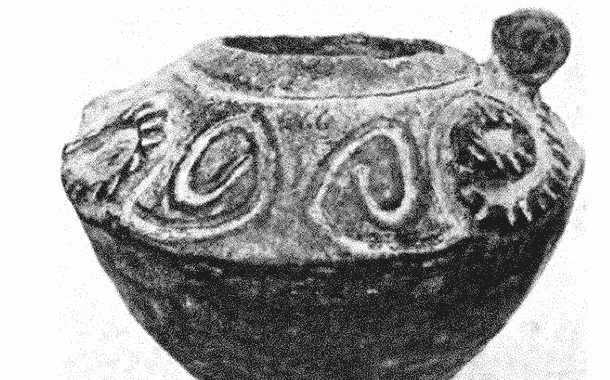<![CDATA[Polish news sources report that scientists have found an area where people performed rituals more than four thousand years ago. The discovery was made at a hill covered in sand and gravel, interspersed with oak trees, in Suprasl, a town in the north-eastern region of Poland. The area was formed as a result of a moving glacier. Scientists suggest that the environment is very similar to how it was during the time when the rituals were performed. The artefacts found were fragments of ceramic vessels, which seemed to have originated from either Spain or Portugal. The ceramic vessels are thought to have belonged to a culture that occupied a large area of Europe and North Africa, called the Bell Beaker community. This culture is known for its ceramic vessels which resembled inverted bells. The vessels discovered in Suprasl have distinctive ornaments inscribed on the inner and outer surfaces. At the top of the hill the scientists found cup and bowl fragments. According to archaeologists, the rituals associated with these vessels were based on drinking alcoholic beverages. The drinks that were served were not meant for regular use, but for prestigious and ceremonial purposes. Animal bones were also found close to the vessels, which has given the scientists an even stronger hint of the ritualistic purpose the area served. Some of these bones could also be human. An amber bead was found near the bone cluster, and more amber was found near a pile of burned bones. Amber was regarded as a very exotic material for Bell Beaker communities, but this is the first time that it is has been found in this section of Poland. Other items were also found, including objects made of stone and flint. The items made of stone include an adze (ancient tool used for smoothing and carving), arrow sharpener, a curved blade and fragments of a dagger. The instruments made of flint include arrowheads, knives, and other tools with blades. The archaeologists were very surprised at these finds as they are far too advanced for this region and time period. This is why they believe that they originated in Western Europe. The objects may have been brought into the region by powerful and influential people. Researchers think this is the case based on the exotic materials that were found in the area, plus the parts of prestigious weapons. The scientists hope to conduct further studies on these objects to know for sure their origins. Their statement that the objects have an Iberian origin is mainly conjecture at this point. The items unearthed were either unfinished or damaged, which gives archaeologists the idea that there may have been some symbolic meaning for the use of the objects. They were found in a joint research project that has been going on since 2011, run by Dr. Dariusz Manadterski and Dr. Katarzyna Janusek of the Institute of Archaeology, University of Warsaw. They and their team hope to solve the mysteries behind the items and the area, including the migration routes which brought the objects there. ]]>
Archaeologists Find Ritual Site in Poland
